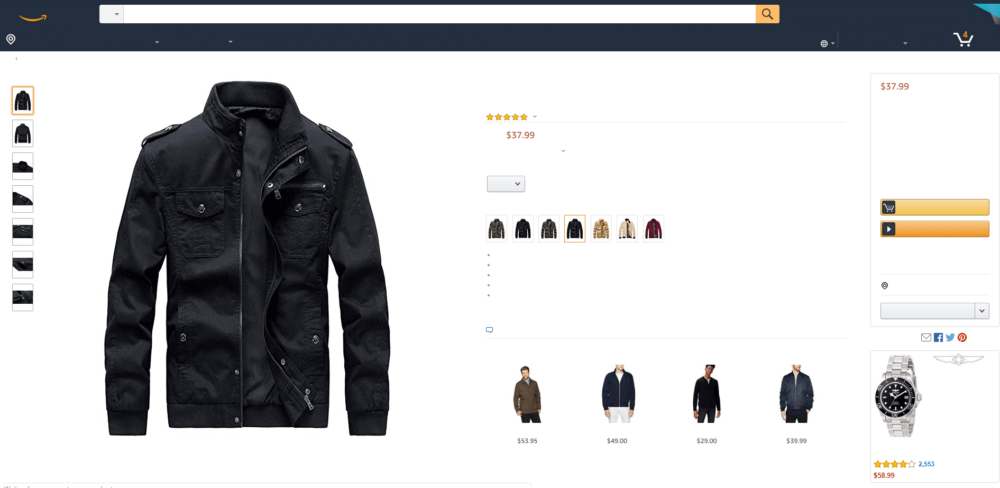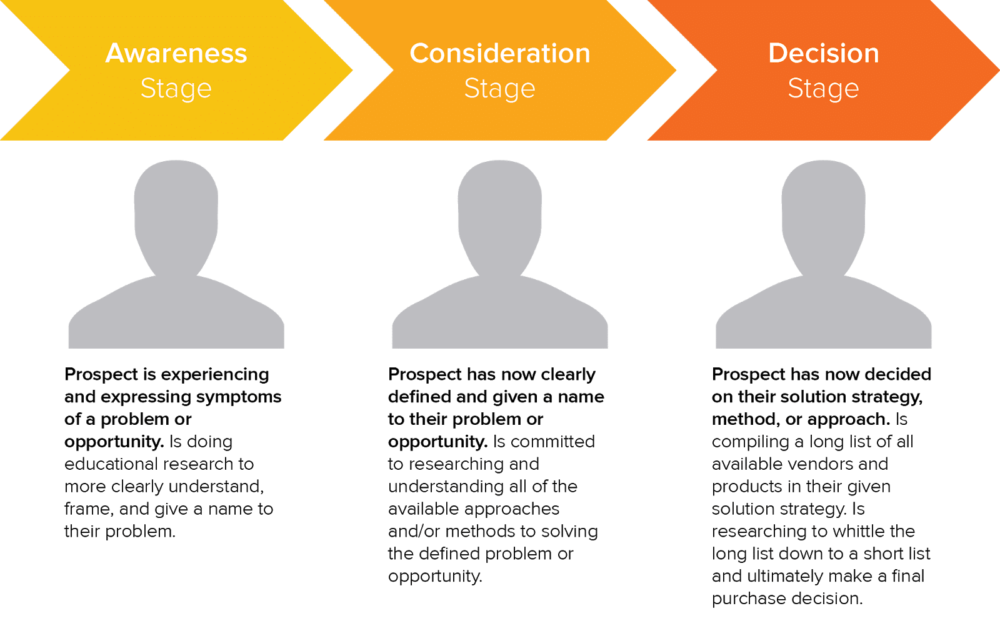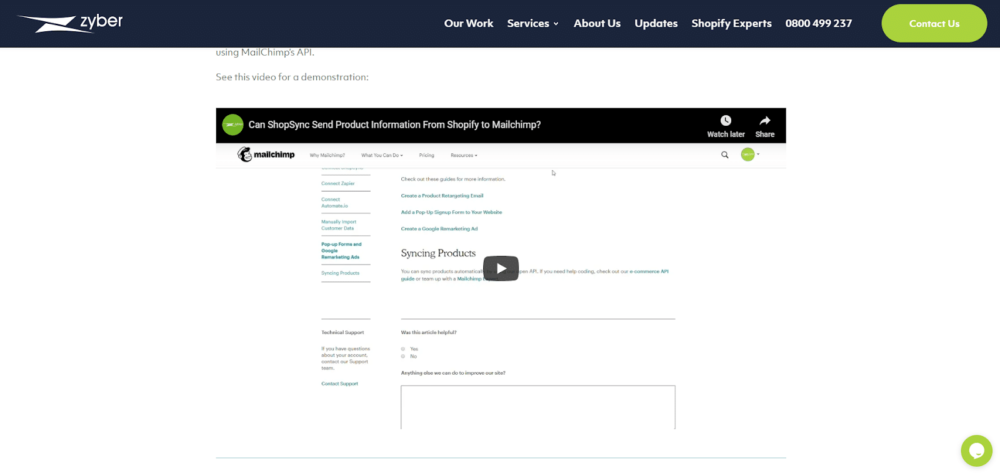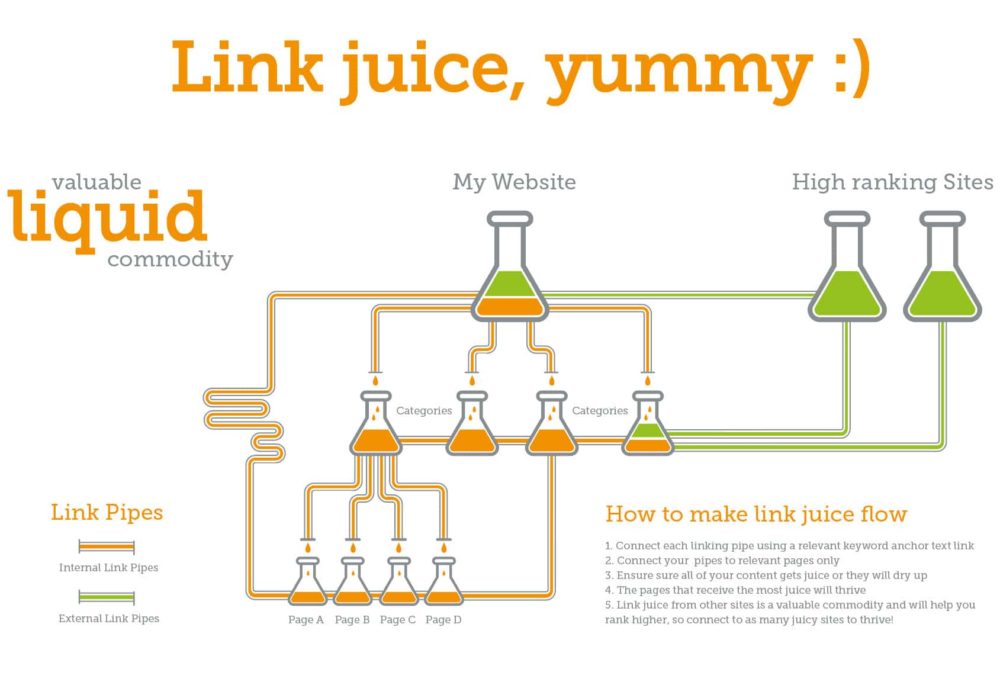About Us
Our team genuinely love design, development and strategy for online success.
Our Services
Our team of experts will guide you through your project using the following services.
Website designers and owners, let’s do an experiment. Open your website. Look at it. Imagine what it would be like without words.

Images with no context. Buttons with no reason to click on them.
Do you think an outside visitor would be able to find a product on your site?
Hey, maybe they could!
With a clever website design, you could make an eCommerce website that did not have a single word on it, yet still brought in conversions.
So what does written language bring to the table when it comes to eCommerce?
For one, it provides Search Engine crawlers with data with which it can index your site. You can also use it to clarify your website navigation- titling pages and buttons, creating a menu, etc.
But in this guide we’re going to focus on using writing to communicate reason to our customers, to help them along their buying journey. But before you start a journey, you need a map.
Many people prefer to do their own research before making a purchase or contacting a business for more information.
Search intent has come along way, since we wrote about blogging back in 2013.
This is not holding you back, it’s actually a marketing channel: you can provide information your customers need, and educate them on what they might not have considered before they make their purchase.
Those people are using Search Engines to find answers to their questions. If you have a web page that answers their question, you have a chance to appear on the SERP for that question, earn their traffic, and either start a conversation with them, or at least expose them to your brand.
The more exposed they are to you, the more likely they are to consider you as a candidate to do business with in the future.
Content marketing can help inbound traffic to your website. Over time, it can also establish you as a thought leader in your business.
Before you make your Content Strategy, you should have your Brand Strategy in place.
You don’t necessarily need your website design in place- in fact, there are advantages to having your Content Strategy planned before your Website Design- for one thing, it will inform you on the structure you need.
There are two categories of content to consider:
Blogs, videos, whitepapers, questionnaires, informational pages, or any other page.
The Buyer’s Journey is this:

It’s like going to the dentist.
1. In the awareness stage, you acknowledge that your teeth are worn away by years of drinking kombucha; that you need to get fillings on your top incisors or they will chip. Admitting is the first step.
2. In the consideration stage, you call up different dentists, find their rates, ask them what kind of filling they would put in, etc.
3. At the decision stage, you choose a dentist, mark your calendar, and remind yourself to floss the night before so you don’t get tutted at.
So if you were a dentist, you can make a page on your website for each of these stages:
1. Awareness: an index, database, or interactive tool cataloguing common dental problems you could face, and the different solutions available for each of them.
2. Consideration: why someone should have their dental treatment done at your facility, over others.
3. Decision stage: a contact form, perhaps with a coupon, special offer, or other sweetener to close the deal. Hopefully not a literal sweetener, dentists hate those.
There might be an additional stage you can include in your Content Strategy. Some Content Strategies include a “Delight Stage”, intended to provide an unexpected helpful resource after the customer makes a buying decision, to show that the business sees their customers as more than gatekeepers of wallets. So for our dentist, perhaps you could add:
4. Delight: send Google Calendar appointment invitation.
The more you know about your customer journey, the more content you can create to service it.
You should also consider your Buyer Persona (link to eBook). Maybe you’re a dentist who targets people who are afraid of the dentist, and you offer hypnosis for your patients to help them relax. With this information, maybe your Buyer’s Journey looks like this:
1. Awareness: common dental problems, the procedures to correct them, and what can be done during these procedures to make them as comfortable as possible for the patient.
2. Consideration: how your dental spa is designed to put patients at ease. Acknowledgement that going to the dentist can be scary, and your empathic approach.
3. Decision stage: sign up for a no-obligation diagnosis.
The idea is that you are creating content that is helpful for your customers. Consider your Buyer Personas (ebook link) and the Personality Types (blog article link) that people will have- this will help you create more relevant information.
Maybe you already have content that targets these Buyer’s Journey stages. Great! You should look through all existing content you’ve created for your business. This can be:
1. Old web pages.
2. Internal process documents, memos, notes.
3. Questionnaires.
4. Emails you’ve sent that explain what you do
5. Community questions you’ve answered.
Anything that conveys information is fair game.
Creating Content for your Content Strategy takes a lot of time. You can save some time by clever repurposing of content you’ve already spent time writing.
We had a question asked on our Facebook group, Shopify NZ. We answered that question with a video, and decided we could add that as an addendum to the post:

The result? We have a resource that helps clients at the Awareness and the Delight stages of the buyer’s journey, all using content we would have made anyway.
Make sure you read through the content before you repurpose it for a general audience. You want to remove identifying information about specific customers or parties so the writing feels more applicable to anyone.
Reduce, re-use, recycle.
You can learn a lot about goals from trams. A TRAMS goal is:
So an example of a TRAMS marketing goal is that by the end of the quarter, you want to have made ten sales on your website originating from organic search.
Ideally the goal should also push your boundaries- ten organic sales in a quarter makes sense if you’re just starting out, but is child’s play if you are an expansive brand- this is what we mean by Relevance.
So now that we have our goals, we can create more Strategic Content that serves this goal.
Let’s say you sell supplies that help you pack a suitcase more efficiently. In order to hit this goal of ten sales from organic search, you need to find out what packing-related Google searches people are making nowadays. To do this, you can use a tool such as “AnswerThePublic.com”

(ignore the annoying mascot)
You will get a readout that looks like this:

And you can also look at it in a list-view format.

These are all the basis of titles for a quick blog article or how-to video. Let’s pick “Packing how to roll clothes” as our new article. Let’s check it in Google Keyword Planner, which you can access in Google AdWords (so long as you’ve had a paid Google Ads campaign in the past).


It looks like 2,400 people search this keyword every month- worldwide. Google Ads by default will use a broad-match search, and this is okay since it’s more in line with how Google’s algorithm actually works.
You should also research what kind of traffic more specific keywords will receive:

It’s much lower, because it’s more specific, but the trade-off is that it will be easier to rank for this keyword.
Next, let’s see what Google is currently returning for this search result:
Above-the-fold on Google looks like this:



This is all you need to get started creating a good piece of content. Why? First, it tells you what you need to beat: you need to make a piece of content that provides an answer more satisfying than any one of these sources. You could read through all these articles, compare the methods, and deliberate on the definitive packing method (as Lifehacker and Tortuga has done). You could list different approaches (like WikiHow), you could answer the questions in “People Also Ask” and the Related Searches section. You could address how to avoid wrinkles. You could create a video demonstrating the different folding techniques.
This page should end with a relevant and specific call to action.
“Have these packing techniques piqued your interest? We have the perfect solution to keep your suitcase organized: The Zyber Packinator 4000: it will keep your suitcase organized, even if you’re living out of it for a month. Click here to learn more about it.”
The call to action is important, make sure it relates to how it can help the searcher address their problem.
It’s not something that you can create once and then it’s done. You’ll need to keep adding information to this page until it starts to rank. You can use Google Search Console to see how many times your website appears in search, its average position, how many people click on it, and the ratio of clicks to impressions:

It displays this information on a graph, so you can see how you’re improving over time. You can even refine Google Search Console down to see the performance of a specific page:

Consider thinking outside of the box. Rather than a huge information page, could you make an infographic? A questionnaire? A webinar?
Is there a community around your product? You will be more adept at creating content that is relevant to your community if you are involved in it. Join a facebook group about travelling, look for questions people are asking within that community which are gaining a lot of likes or comments, then include the answer to that question on your Strategic Content page.
Once you are successfully ranking with one piece of content, you are going to want to expand. You’ve covered how to pack clothes, how about packing delicate souvenirs? There is a lot of content you can potentially make around the larger theme of your website, travel.
Use a tool like Text2Mindmap to create a mindmap of all the topics you can think of in your industry:

So once you are ranking for keywords around packing casual clothes, you can start a new campaign to attempt to rank for packing business clothes, etc.
Ensure that what you are doing is tied in with a goal. Create a schedule of a TRAMS goal you want to accomplish for each quarter this year, and then decide on what content will better service it.
This isn’t limited to organic search. Let’s say your website isn’t meant to sell products, but book appointments via a contact page. Maybe a TRAMS goal for the quarter is to increase the conversion rate of your Instagram Ads traffic by 1%. A piece of content you could create that would service this would be to create a 1-hour pre-recorded webinar, and then create a landing page focused on convincing people to sign up for the webinar.
You’re only limited by your imagination.
Google gives webpages a property colloquially referred to as “link juice”- the authority a web page has, which is communicable to other webpages this page links out to.
It’s Google’s version of a testimonial. The Apple.com homepage is a very trustworthy webpage, so any page, whether on apple.com or on another site, must be good if it has a link, a vote of confidence, from such an auspicious page.

With this in mind, you can structure your informational pages for optimal sharing of link juice. This structure is called a “Pillar Structure.” It helps search engines discover your content, and helps inform your visitors by grouping related information together.
So say you have the following articles:
All of these pages could be categorized under the topic of “Packing.” But how will someone who’s interested in learning everything they can about packing find these pages? They might be posts on your blog, but if that’s the case then the only thing grouping them together would be the blog tag or category.
It’s more helpful to have a page that covers the topics of these broadly, and then links to the pages you’ve already made, for people who need more detail. This is the essence of a pillar page structure.
Make sure that you structure your page in a Search Engine friendly way- using H1, H2 etc. subheadings, alt-tags on your images, etc.
You should also take all this content and make a .pdf version of your page. Why? If people find what they’ve read to be valuable, they will want to take it with them. If you provide them a downloadable resource, it will help them refer back to your information later.
A benefit of having a pillar page is that you can refer to it if you’re answering community questions on a site like Quora.
So we know what to make, but how do you write effectively? We’ve got a list of sixteen writing tips to keep in mind when writing your content. These pointers will help you make the content you spent all this time researching into something that people will enjoy reading.
1. Grab their attention. Start with a surprising fact, interesting scenario, or anything that entices the reader to think. If you can make someone think of some thing new, you have their attention and, for the moment, they trust your ability to inform them. We started this article with the idea of a wordless webpage, which could capture the imagination of anybody with an interest in Website Design.
2. Editing is the secret to good writing. Read over what you’ve written and correct the parts that are boring, don’t make sense, or are too thin or repetitive. Ask a colleague, or someone who might be one of your readers, to read it over to see if it bores them, or just plain makes doesn’t sense. They can catch glitches you as the writer typically gloss over, like the one in that last sentence. Or, take a break for a day and then read the article again with fresh eyes. You’ll be surprised what you find!
Sometimes when asking for feedback, a reader will say something general like, “I thought it was really good!” This feels nice, but doesn’t help you improve. What you can ask someone who’s reading your work is “if you had to summarize this article, how would you do it?”- you will gain a valuable insight as to how what you are trying to express makes its way into someone else’s mind.
3. Remove anything that doesn’t move the story forward. Even a written tutorial has a story structure, if there’s a section, a sentence, a word that is keeping the story at a halt, delete it.
4. Change the order. Something late in the story might make more sense if it was earlier in the article.
5. Choose a great title. Come up with at least 20 different titles for your article, and bounce them off people. Make it exciting. Notice how this article is called “5 Secrets to Content Marketing Greatness”? People are always intrigued by secrets. We also like to add a secondary title, separated by a dash (-) or a pipe (|). This is done for no reason other than clarity, for both SEO and readers alike.
We like to wrap up articles like these with a quick checklist that you can use later to action this new knowledge you have. Copy-paste into your favourite scheduling software, and challenge yourself to make just one piece of content this week. You’ll be glad you did!
1. Determine your Buyer’s Journey – what is going through your customer’s minds at the Awareness, Consideration, and Decision stages?
2. Locate pieces of content you’ve already written, and see if they can be repurposed for your Content Marketing Strategy.
3. Determine your Marketing Goals, and use SEO tools to research what steps you need to take to achieve them.
4. Write a poignant, shaking, thought-provoking and soul-redefining piece of Content.
Let’s talk about how we can double your conversion rate.
We work with clients on a month-by-month basis to provide custom analysis & data-driven strategies, to optimise and increase online conversion rates for eCommerce & business websites.
If you are serious about growing your business, click the button below.